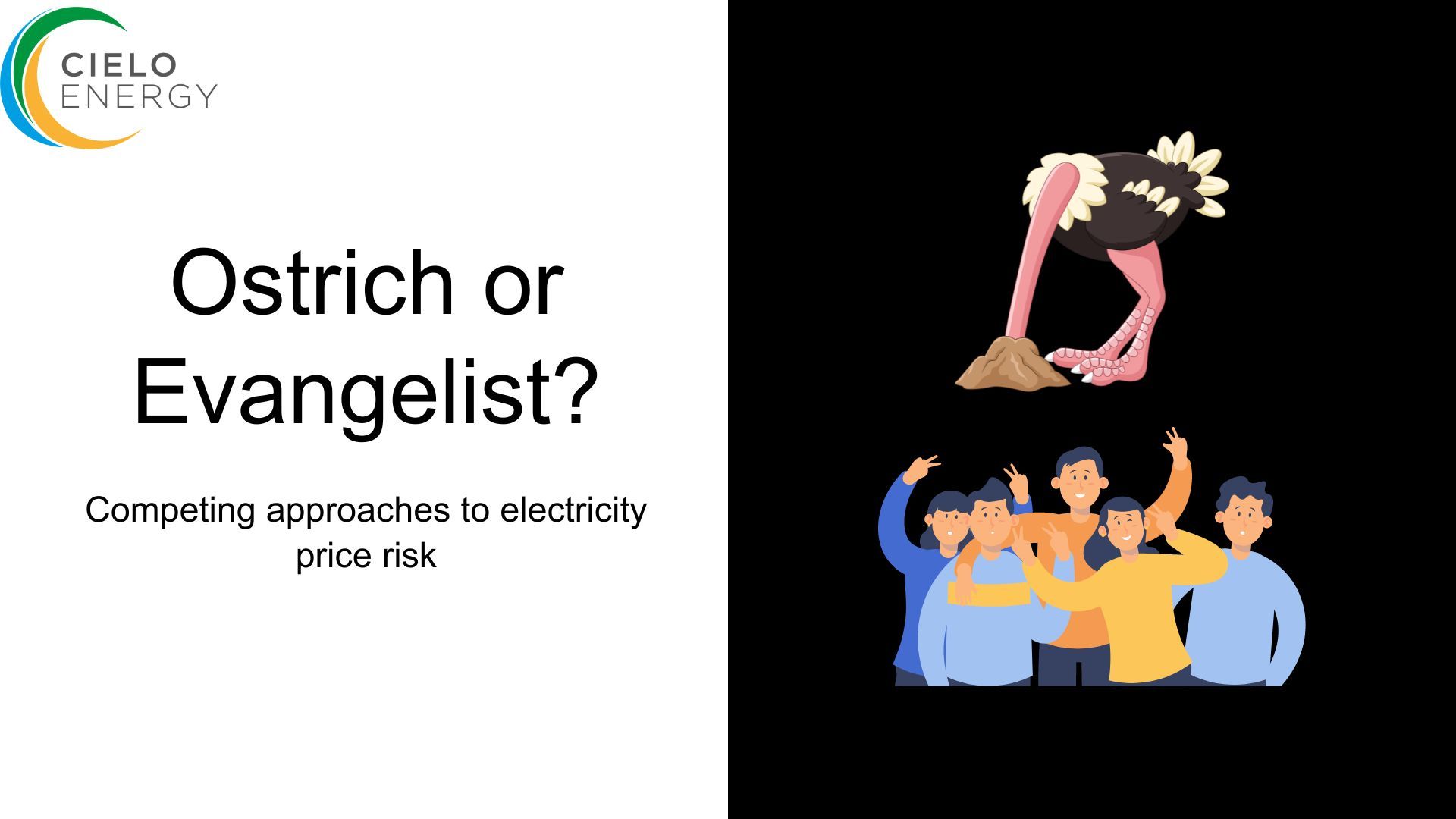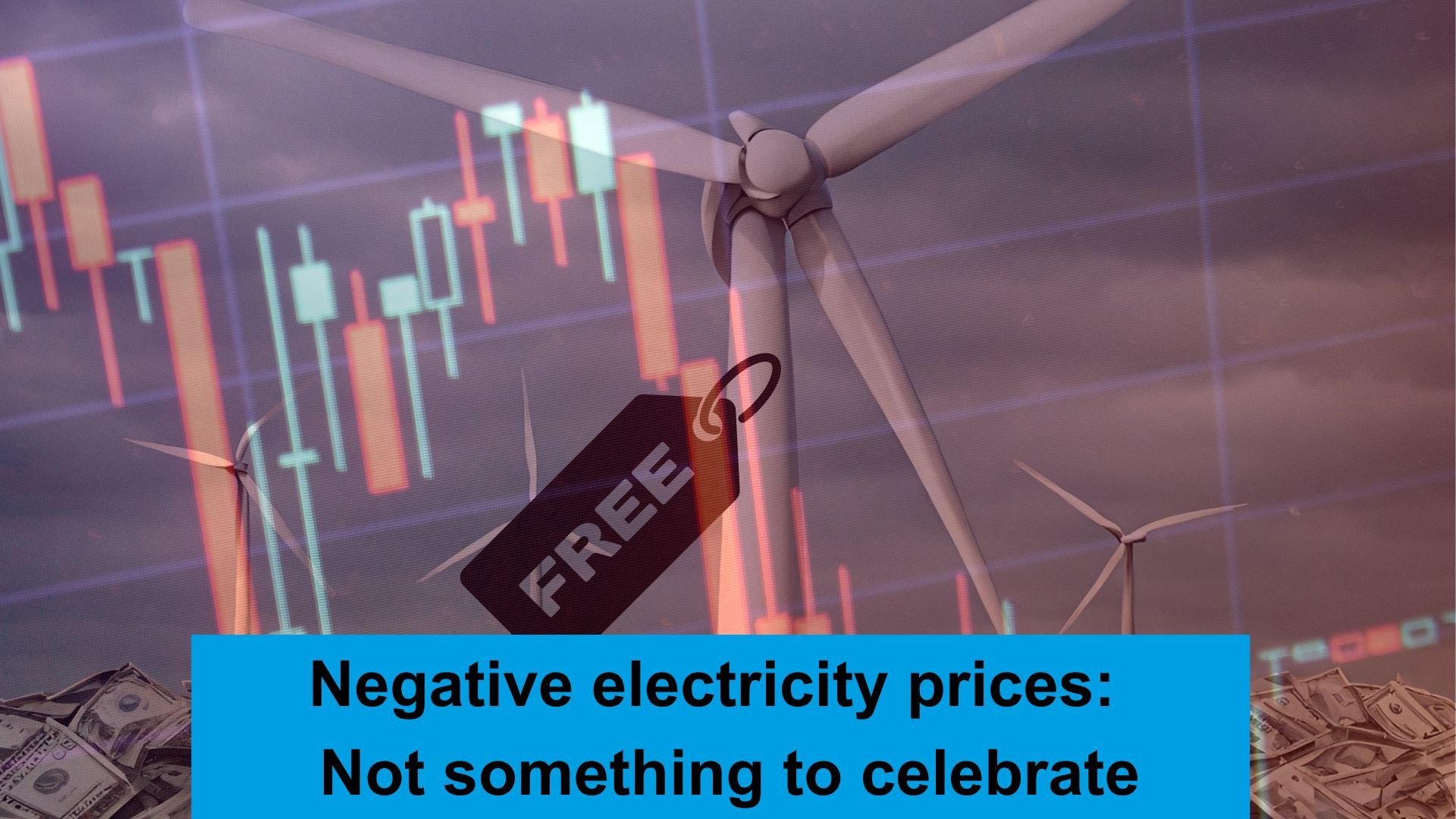There are many electricity markets...maybe too many already

How many markets is too many?
There is no such thing as ‘the electricity market’, As the distribution of generation and demand increases, so to do the number of markets supporting it.
Having done a review, we see several market groups with almost 20 markets underneath them – and that doesn’t include transmission and distribution costs which are regulated monopolies rather than markets.
The different markets serve a different purpose, and the proliferation in recent years has broadly been driven by the changing dynamics of balancing the system in near real time.
Energy
The largest value market is the forward energy market – where generators and consumers can fix prices for a period of time, and traders can speculate on market movements to trade for profit. The market underwrites fixed prices for generators and consumers. Costs/ income are whatever the individual party agrees to.
The markets cover any period that the buyers and sellers choose to transact for, down to the spot markets.
Ultimately the energy markets finish at the point of balancing when the system operator takes action to ensure supply and demand balance.
Government Support
Delivering government targets on low carbon and security of supply has created several markets.
For generators with renewable obligation, FiT or CfD backed contracts they are supported by the appropriate scheme, for consumers the costs are rolled into their bills, for traders some of the certificates can be bought and sold for profit.
For security of supply, generators can choose to enter the capacity auction – for consumers the cost is included in their costs.
Fuel Labelling
Electricity supply is accompanied by a label stating the source of the electricity.
The certificates awarded to generators for each unit produced can be bought and sold by generators, suppliers and traders – although they can only be redeemed by suppliers for labelling purposes.
These certificates are what is used to back claims of renewable (or other) supply contracts.
Ancillary Services
Supporting real time balancing, these markets have multiplied in recent years. As the market moves from trading to delivery the need to ensure physical balance and operation of the grid is managed by National Grid.
The markets exist with a monopoly buyer in National Grid ESO, and many sellers from battery operators to generators and customers; there are many participants in the different markets. The costs are passed to suppliers/consumers as part of their bills.
Grid Management
With increasing local electricification (electric vehicles, rooftop solar, heat pumps etc), strains on local distribution grids are increasing.
To manage these strains system operators are introducing new markets for flexibility providers. The monopoly buyer is the DSO, with many sellers from generators to domestic consumers with flexibility. The costs are passed to suppliers/ consumers are part of their bills.
Who participates?
Participation in each market is sometimes by choice, sometimes by obligation.
A passive consumer will by default be deemed to benefit from and pay for all of the various markets, whereas an active consumer could choose to enter some of the markets and get paid for providing services.
Generators and storage operators have more choice of markets (subject to revenue stacking – see below). They can choose to enter ancillary service and grid support markets subject to meeting the rules.
Renewable generators are subscribed to whichever scheme they joined.
Traders can enter the energy markets as well as many of the other areas where secondary markets exist – which is likely to grow in real time optimisation in future.
Why does it matter?
With a smaller number of participants in each market the power available to any individual grows. It is possible that in some areas there are very few participants, dramatically influencing price signals. Generally a higher number of participants in a market increases liquidity, which reduces risk and cost. Participation will be interesting to watch – particularly with things like nodal markets for energy where the impact will be widely felt.
The complexity of the markets
Market complexity leads to opacity. This may be good for participants to maximise value, but less so for those paying; making competent regulatory oversight crucial.
Market coherence, revenue stacking and regulation
Not all markets are coherent with each other. Between energy, ancillary services and grid management the ways in which markets operate are not always aligned. The art of some market participants is flipping between markets to maximise revenues.
Being able to revenue stack between markets and ensure consumer interests are properly protected will become increasingly difficult; making the market work better for the tech-savvy than the disengaged – whether this is good are bad is likely to be contested.
Overall, navigating across the energy markets has never been easy; and is getting harder with the proliferation of new markets.
There is very little (if any) joined up approach to the full suite of activities associated with delivering secure long-term cost-effective electricity supply.
Accessing the right markets will be key to maximising revenue/ minimising costs.
Are more markets better? Your opinion is very likely to be linked to who you work for in most cases.
For support on your approach to the electricity markets, get in touch.
Share this on social media
All Rights Reserved | Cielo Energy
REG NO: 11992760 | ICO REG NO: ZA757421










